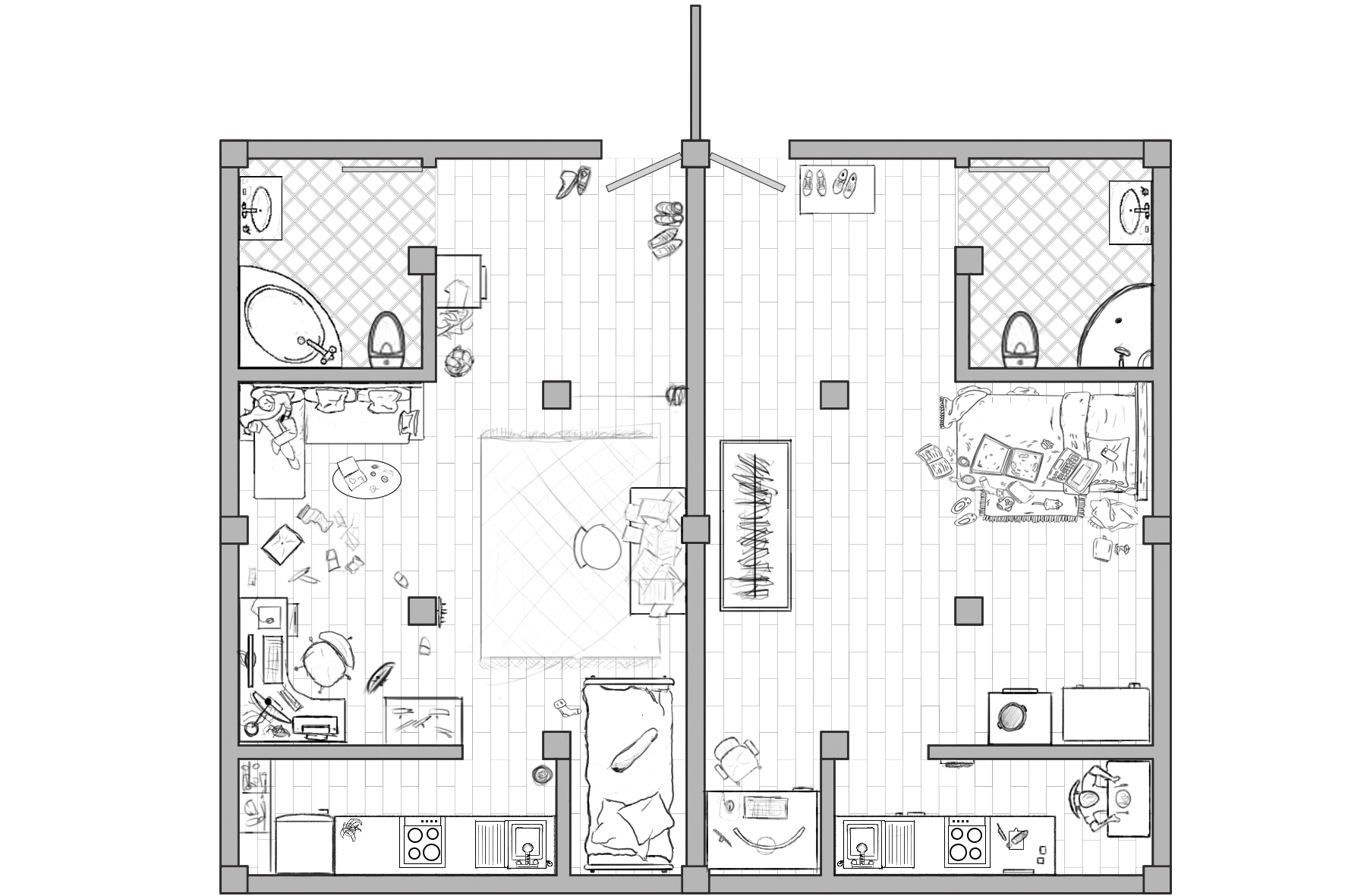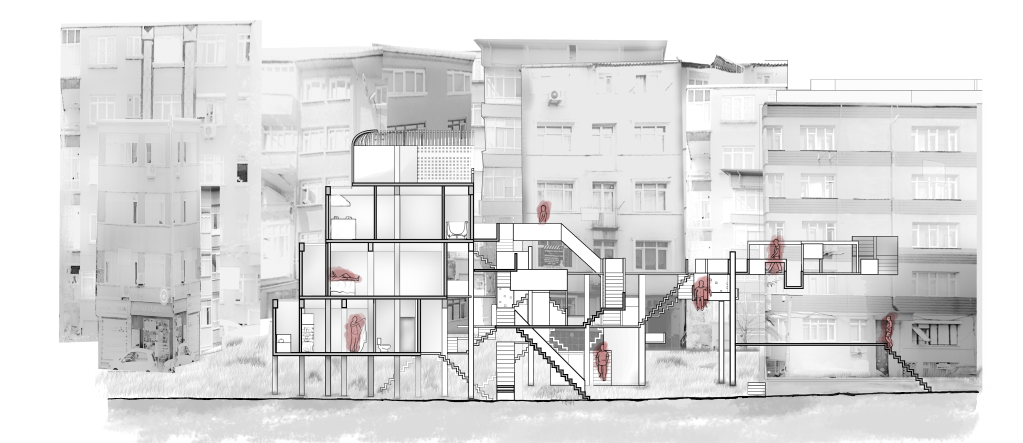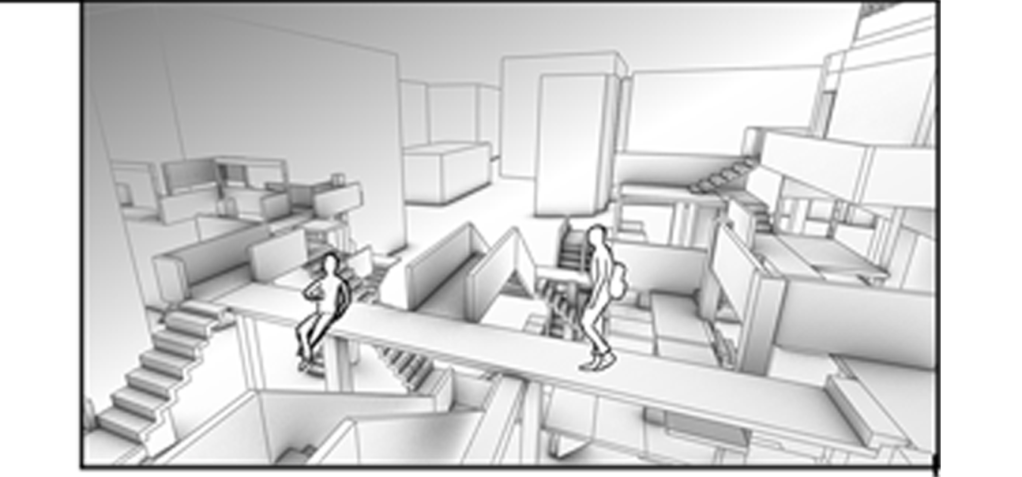The city is beyond the definitions in the dictionary… It is a giant cauldron into which infinitely different life is thrown. In addition, there is an invisible life that it tries to impose. However, in order for this assimilation to take place, people had to migrate to the cities one by one, not en masse. When people moved to cities, they also packed the cultures they knew and loved in their suitcases. In fact, they didn’t have any other assets. Therefore, although the city seems to have its own culture from the outside, we see that it is divided into many small cities and they are divided into smaller cities on a micro-scale. And theirs to smaller cities too…
In Societies are considered big and getting bigger day by day, not only as of the population increases but also as cultures and ideas increase; designing for all, becoming more and more challenging. Humanity’s responses to this problem in the recent past have been swift and sharp. But today, there is a need for more flexible solutions.

Encounters in the city; nor great and adventurous events. We are watching the path that our life takes, in its endless possibilities that include death at any moment. House and street, school and street, workplace and street, cafe and street, cinema and street, street and street. The quotas that we need to fill during the day are knitted between these places. While advancing rapidly from here to there; The crowd coming from the red light stops us, slows us down, and sometimes even causes us to change our direction. But “encounters are good” because they allow us to take a new path. This encounter can be really exciting the first time. But imagine doing this every day. Because we do this every day. In order to reach the venue, we try to take the shortest possible route, by encountering the least number of encounters. In this case, the roads, which are the main source of encounters, turn into mere weaves between stops. Only those who want to be exposed to the roads, the city and the encounters can enjoy the roads, the city and the encounters.

So why do we make everyone avoid encounters by forcing them into these encounters?
Since even the issues
we think about when
deciding where to
live are the opposite
of what they should be,
living in a place brings
with it necessary encounters,
not consciously.

We living in the cities not we want to live in it,
but we have to live in it
Now we have a more complex problem than concepts; Reality. In this design of sets and subsets, the biggest problem we have to deal with is the intersection sets. In the city, which has endless possibilities and conditions.
“It is impossible to talk about a perfect design.”
The ever-increasing number of parameters places a utopia in which every condition is taken into account, beyond our imagination. By determining the design program, we cannot depend only on concrete data.

A better solution would be splitting the life circles into little micro states which brings the people with similar life expectancies and similar life cycles. In every circle, residents will be able to finish their obligations without any unwanted encounters and when they desire, they can encounter with the other circles in various scales, they can even migrate.

While in our situation, this utopia becoming a little exacurated, some strategies and design can try to simulate this


The Call of Will




Even the plans remain similar, the lifes in it which creates the variations for life changes the buildings.
We should be able to
say the same for the bigger scales;
THE URBAN
Drop Points of the City
The structural pattern can follow the daily regulat path for a person and thus, people can decide the vibe thay want to follow. With this, uniqe city experiences are created for everyone in the regular life cycles.


as a design strategy
The Perceptual Guides
Daily life is pretty much two dimentional. The rules of accesibility is completely covered our brains. We get used to follow the paths which the planners want us the follow. Thus, exceptional or extra possibilities mostly ignored, or avoided from them. Since these “obstacles”, which are not physiological barriers, are completely coded in our minds, we can manipulate the probability of people’s encounters with design pieces we call perceptual guides.







The distance between the eye and the gaps, determines the transparency of sight.

Despite the mass volume of structures, permeability is extremely high so the volumes finding the chance to dissappear in the caos of the city for the people who will desire to not encounter with it









Leave a comment